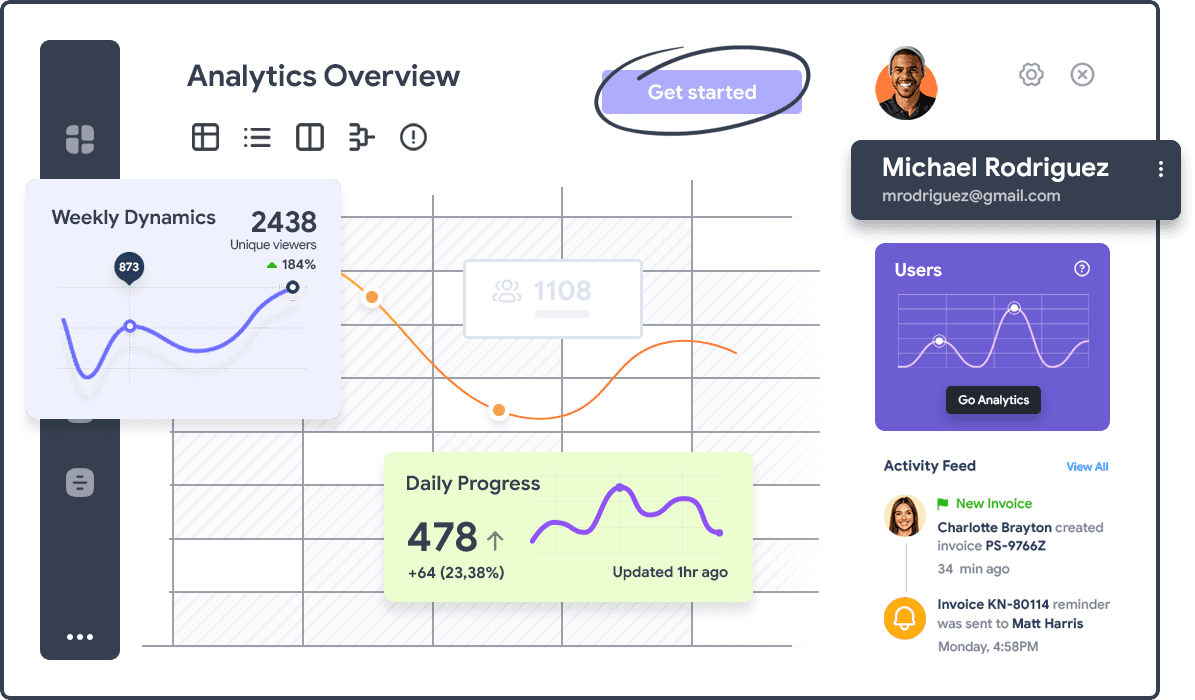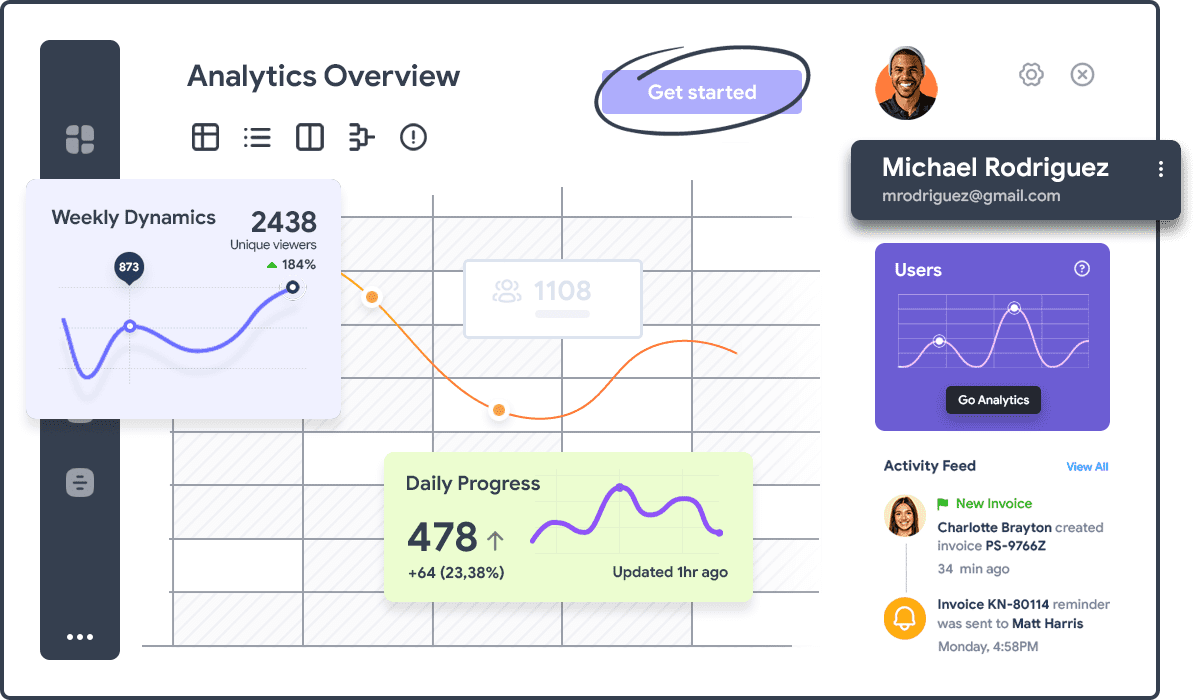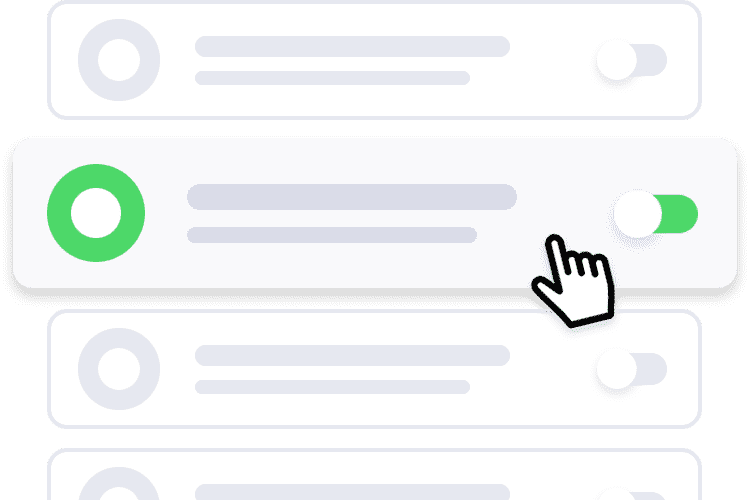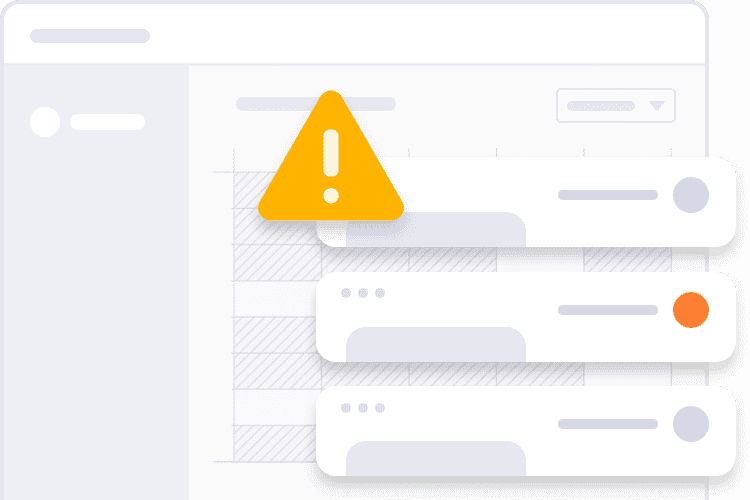Advanced Toxicity & Hate Speech Detection
Cutting-edge natural language processing technology that detects toxic content, hate speech, harassment, and harmful language across 100+ languages with deep contextual understanding and cultural sensitivity.
Next-Generation Language Understanding
Advanced toxicity and hate speech detection represents the forefront of natural language processing technology, going far beyond simple keyword filtering to understand context, intent, and nuanced meanings in human communication. Our sophisticated AI models analyze not just what is said, but how it's said, who's saying it, and in what context to make accurate determinations about harmful content.
This technology addresses the complex challenge of identifying harmful language that evolves rapidly as bad actors develop new ways to circumvent detection. By understanding linguistic patterns, cultural context, and communication intent, our system maintains high accuracy while minimizing false positives that can frustrate legitimate users and stifle healthy discourse.
Advanced Natural Language Processing Models

Our toxicity detection system employs state-of-the-art transformer-based language models that have been specifically trained on diverse datasets representing harmful language patterns across cultures, languages, and communication platforms. These models understand semantic meaning, syntactic structure, and pragmatic context to identify toxic content with unprecedented accuracy.
Core Model Architecture
Transformer Networks: Advanced attention mechanisms that understand relationships between words and phrases across entire documents
Multilingual Processing: Unified models that understand 100+ languages and can detect code-switching between languages
Contextual Embeddings: Dynamic word representations that change meaning based on surrounding context and conversation history
Sentiment Analysis: Deep understanding of emotional tone, aggression levels, and intent behind communications
Named Entity Recognition: Identification of people, places, and organizations to understand targeting and harassment patterns
Temporal Understanding: Analysis of how conversations develop over time to identify escalating conflicts
Social Graph Analysis: Understanding relationships between users to identify coordinated harassment campaigns
Cultural Adaptation: Models that adjust their understanding based on regional, cultural, and community-specific communication norms
Training Data & Methodology

Our models are trained on carefully curated datasets that include millions of examples of toxic and non-toxic content from diverse sources, languages, and cultural contexts. This training data is continuously updated to include emerging forms of harmful language and new cultural contexts, ensuring the models remain effective as language evolves.
The training process incorporates active learning techniques where the models are continuously refined based on real-world performance data, user feedback, and expert human annotations. This approach ensures that the system adapts to new forms of toxicity while maintaining accuracy on established patterns.
Deep Contextual Understanding & Intent Analysis

Conversation Context Analysis
Understanding toxicity requires more than analyzing individual messages in isolation. Our system examines entire conversation threads, user interaction histories, and community dynamics to understand when language becomes harmful. This holistic approach recognizes that words that might be acceptable in one context can become harassment when used repeatedly or in combination with other behaviors.
The system tracks conversation escalation patterns, identifying when discussions are becoming heated and proactively flagging content that might contribute to conflict. This preventive approach helps maintain healthy community discussions before they deteriorate into harmful exchanges.
Relationship & Power Dynamics
Our technology understands that the same language can have different impacts depending on the relationship between users and the power dynamics at play. Content directed from established users toward newcomers, or from majority groups toward minorities, receives enhanced scrutiny to protect vulnerable community members.
The system recognizes patterns of coordinated harassment where multiple users target an individual, even when each individual message might not be overtly toxic. This capability is crucial for protecting users from sophisticated harassment campaigns that spread harm across multiple interactions.
Sarcasm & Implicit Meaning Detection
Advanced language models understand implicit meanings, sarcasm, and indirect threats that human moderators might miss or that traditional keyword-based systems cannot detect. This includes understanding when seemingly positive language is used in harmful ways or when innocent words are used to convey threatening messages.
The system analyzes linguistic markers, punctuation patterns, emoji usage, and contextual clues to identify when users are employing irony, sarcasm, or coded language to circumvent detection while still causing harm to other users.
Coded Language Detection & Emerging Threat Identification

Evolving Language Patterns
Bad actors continuously develop new ways to communicate harmful ideas while evading detection. Our system uses unsupervised machine learning to identify emerging patterns in language use that may indicate new forms of coded communication, dog whistles, or euphemisms for harmful content.
The technology monitors linguistic drift and identifies when innocent terms begin to be used in harmful contexts, allowing for rapid adaptation to new threat vectors without requiring manual rule updates. This proactive approach ensures protection against emerging forms of hate speech and harassment.
Symbol & Emoji Analysis
Modern toxic communication often relies on symbols, emojis, and visual elements to convey harmful meanings. Our system understands the evolving meanings of emoji combinations, ASCII art, and symbol patterns that might represent hate symbols or threatening imagery.
The analysis extends to understanding how symbols are combined with text to create implied meanings that wouldn't be apparent from analyzing either component separately. This holistic approach catches sophisticated attempts to use visual elements for harassment or hate speech.
Cross-Platform Pattern Recognition
Our technology identifies harmful language patterns that span multiple platforms and communication channels. By understanding how toxic users adapt their language for different environments, the system can detect harmful intent even when users modify their communication style for specific platforms.
This cross-platform intelligence helps identify coordinated campaigns where harmful actors use different language strategies across various platforms while maintaining the same underlying harmful intent and target audience.
Cultural Sensitivity & Regional Adaptation

Multicultural Understanding
Effective toxicity detection must account for cultural differences in communication styles, humor, and social norms. Our system incorporates cultural knowledge from linguists, sociologists, and community experts to understand when language that might seem harmful in one culture is acceptable or even positive in another.
The technology maintains separate cultural models for different regions while ensuring that genuinely harmful content is identified regardless of cultural context. This balance protects users from harm while respecting legitimate cultural differences in communication styles.
Regional Language Variations
Languages evolve differently in different regions, with words and phrases taking on unique meanings based on local context, history, and social dynamics. Our system understands these regional variations and adapts its analysis accordingly, ensuring accurate detection across all varieties of supported languages.
This includes understanding regional slang, historical context, and local references that might affect the interpretation of content. The system's cultural adaptation ensures that moderation decisions are appropriate for the specific community and region where content is published.
Community-Specific Norms
Different online communities develop their own communication norms, in-jokes, and acceptable language patterns. Our system learns these community-specific patterns and adjusts its sensitivity accordingly, ensuring that legitimate community discourse is preserved while still protecting users from genuine harassment and toxicity.
This community awareness allows platforms to maintain distinct moderation standards for different user groups or content categories while ensuring consistent protection against universally harmful content types.
Real-Time Processing & Intervention
Instant Analysis & Response
Toxicity detection operates in real-time, analyzing content as it's posted to prevent harmful material from reaching other users. The system processes millions of messages per second while maintaining accuracy, ensuring that platform users are protected from harmful content without experiencing delays in their normal interactions.
Intelligent caching and preprocessing optimize performance for common language patterns while ensuring that novel or complex content receives full analysis. This approach balances speed with accuracy, maintaining sub-100ms response times for most content types.
Escalation Prevention
The system identifies conversations that are trending toward toxicity and can intervene with gentle nudges, cooling-off periods, or moderator alerts before harmful exchanges occur. This preventive approach maintains healthier community discourse and reduces the need for punitive actions.
Predictive analytics identify users who may be at risk of engaging in toxic behavior based on their recent interactions, emotional state indicators, and environmental factors, allowing for proactive support and intervention.
User Education & Feedback
When potentially toxic content is detected, the system provides educational feedback to help users understand why their content might be harmful and suggests alternative ways to express their thoughts. This educational approach reduces repeat violations while building a more positive community culture.
The feedback system adapts to individual user learning styles and cultural backgrounds, ensuring that educational messages are effective and culturally appropriate for each user's context and communication preferences.
Implementation Success & Accuracy Metrics
Performance Benchmarks
Our toxicity detection system achieves industry-leading accuracy rates of 94-97% across different content types and languages, with false positive rates below 3%. These metrics represent significant improvements over traditional keyword-based filtering systems and competitive AI solutions.
The system processes over 50 million messages daily across client platforms, maintaining consistent performance and accuracy even during high-traffic periods. Continuous monitoring ensures that accuracy remains high as language patterns evolve and new forms of toxicity emerge.
Client Success Stories
A major social media platform reported a 73% reduction in user reports of harassment after implementing our toxicity detection system. User satisfaction with platform safety increased by 45%, while engagement in positive community interactions grew by 28%.
An online gaming platform saw toxic behavior incidents decrease by 81% within six months of deployment. The system's ability to understand gaming-specific language and context while maintaining protection against genuine harassment was crucial to this success.
Regulatory Compliance
The system helps platforms comply with regional regulations regarding harmful content, including the EU's Digital Services Act, UK's Online Safety Bill, and various national hate speech laws. Automated compliance reporting and audit trails support regulatory requirements while maintaining user privacy.
Transparency features allow platforms to demonstrate their content moderation effectiveness to regulators, advertisers, and users, building trust and supporting business growth in regulated markets.
